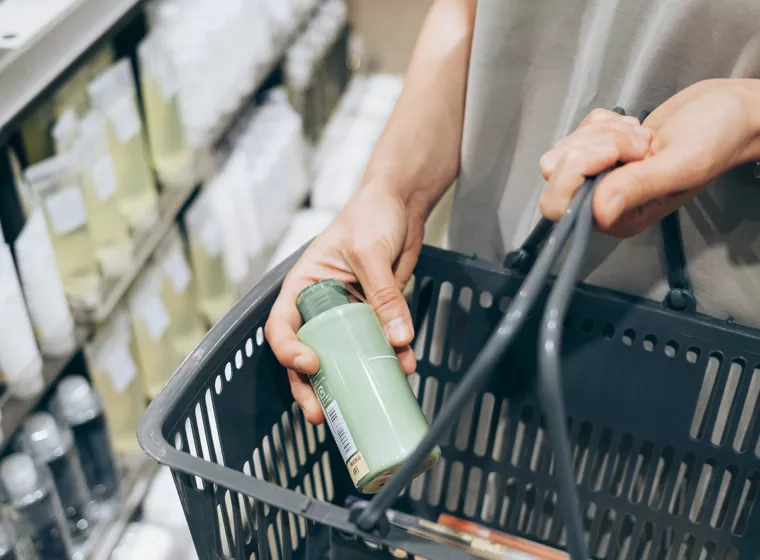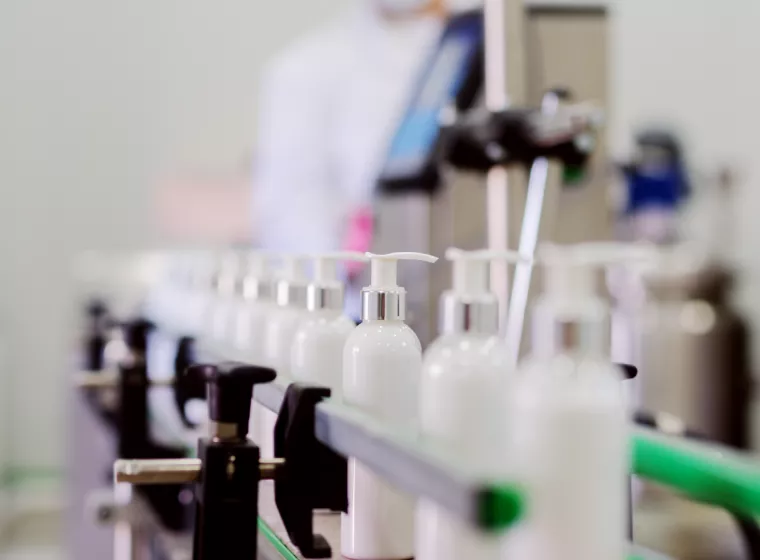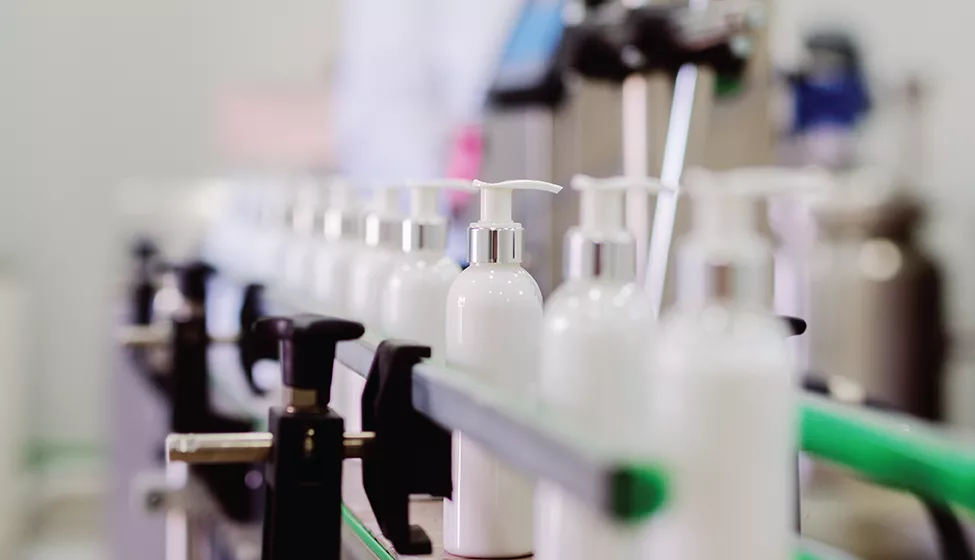September 22, 2023
The Modernization of Cosmetics Regulation Act requires U.S. cosmetic makers to document product safety and register their facilities by year's end
Cosmetic makers have until the end of the year to register their facilities, list their cosmetic products, substantiate their safety, and meet new adverse event reporting requirements.
The Modernization of Cosmetics Regulation Act (MoCRA), signed into law December 2022, has implemented a robust regulatory process that requires manufacturers to document product safety by this Dec. 29. The act also gives the Food and Drug Administration authority to request records and order recalls if the agency determines a cosmetic product is likely to cause injuries.
The implementation of MoCRA replaces the previous Voluntary Cosmetic Registration Program (VCRP), which was terminated last March. Earlier this year, FDA issued draft guidance to help manufacturers comply with MoCRA's listing and documentation requirements.
MoCRA facility registration and product listing requirements
Facility registrations are to be completed by Dec. 29. A facility is defined as the manufacturer filling the bottle and does not include suppliers of cosmetic ingredients or facilities involved in re-labeling, re-packaging, holding, or distributing cosmetic products. Facilities need to be registered within 60 days of any changes and renewed every two years. FDA intends to make a new electronic submission portal available in October of this year.
Product listings are also to be completed by Dec. 29. Product listings must include the facility registration number of each facility where the product is manufactured, so it is essential that facility registrations are carried out as soon as practical. FDA will not transfer the information in the VCRP database to the new electronic system.
Products already on the market as of the date of enactment must be listed no later than one year after that date. New products need to be listed within 120 days of entering the U.S. market. Thereafter product listings must be updated annually.
What substantiation of safety means for cosmetic manufacturers
Adequate substantiation of safety needs to be completed by Dec. 29 as well. Substantiation of safety means "tests, studies, research, analysis, or other evidence or information that is considered, among experts qualified by scientific training and experience to evaluate the safety of cosmetic products and their ingredients, sufficient to support a 'reasonable' certainty that a cosmetic product is safe."
Under MoCRA, each ingredient used in a cosmetic product and each finished cosmetic product must be adequately substantiated for safety before marketing. The current minimum expectation to assess a cosmetic ingredient or product as reasonably safe is to evaluate available data, such as those found in Cosmetic Ingredient Review (CIR) and Toxnet (now available in PubChem), as well as other sources, and to ensure microbial safety.
Adverse event reporting soon to be mandatory
New adverse event reporting requirements also take effect Dec. 29, 2023. An "adverse event" is any negative health-related occurrence associated with the use of a cosmetic product; a "serious adverse event" means an adverse event that "results in death; a life-threatening experience; inpatient hospitalization; a persistent or significant disability or incapacity; a congenital anomaly or birth defect; an infection; or significant disfigurement (including serious and persistent rashes, second-or third-degree burns, significant hair loss, or persistent or significant alteration of appearance)."
A serious adverse event needs to be reported within 15 days after the report is received, and any new medical information related to this event needs to be reported within one year. FDA uses MedWatch (Form 3500) for voluntary cosmetics adverse event reporting and could presumably continue to do so for the mandatory reporting. Generally, adverse event records need to be kept for six years but only for three years for small businesses with less than $1M in annual sales.
Other MoCRA requirements
- Labeling of fragrance allergens needs to be completed by Dec. 29, 2024. Fragrance allergens are required to be identified on the label as determined by a regulation expected mid-2024. According to the statute, "the Secretary shall consider international, State, and local requirements for allergen disclosure, including the substance and format of requirements in the European Union, and may establish threshold levels of amounts of substances subject to disclosure pursuant to such regulations." In the EU (EC Regulation 1223/2009 as amended), the disclosure threshold for fragrance allergen in leave-on and rinse-off products is 10 ppm (i.e., 0.001%) and 100 ppm (i.e., 0.01%), respectively.
- Cosmetic products need to be produced under Cosmetic Good Manufacturing Practice (GMP) by Dec. 29, 2025 — A draft guidance on Cosmetic Good Manufacturing Practices issued June 2013 will be withdrawn or revised. On June 1, FDA held a public listening session to discuss the need for a standard and whether the ISO 22716:2007 would be a practical standard to follow. FDA's proposed ruling is expected by Dec. 29, 2024, and a final rule is expected by Dec. 29, 2025. MoCRA exempts certain small business with less than $1M in gross annual sales from GMP.
What Can We Help You Solve?
For both U.S. and international companies, Exponent can support cosmetics manufacturers in navigating the implementation of MoCRA. Our multidisciplinary international teams provide unparalleled expertise in cosmetic safety evaluations and testing to help you optimize product compliance and quality.

Consumer Products: Cosmetics & Personal Care
Personal care products consulting for registration, notification targets, and product development.

Regulation & Safety of Personal Care Products
Ensure safe, high-quality personal care products with experienced consulting expertise.

Personal Care Products & Cosmetics
Verify and validate the ingredients in personal care and cosmetic products.

Chemical Regulatory Support
Comply with chemical regulatory standards to optimize environmental and human safety.




